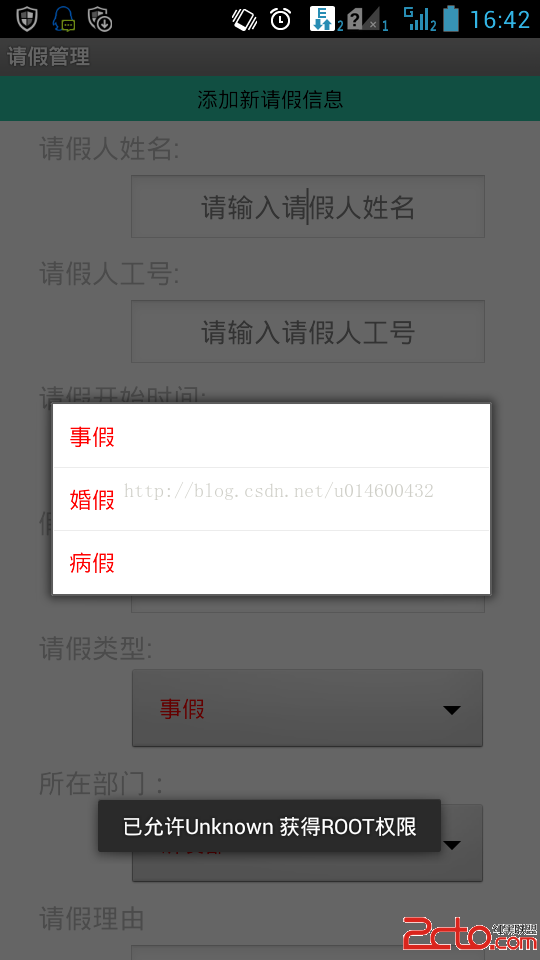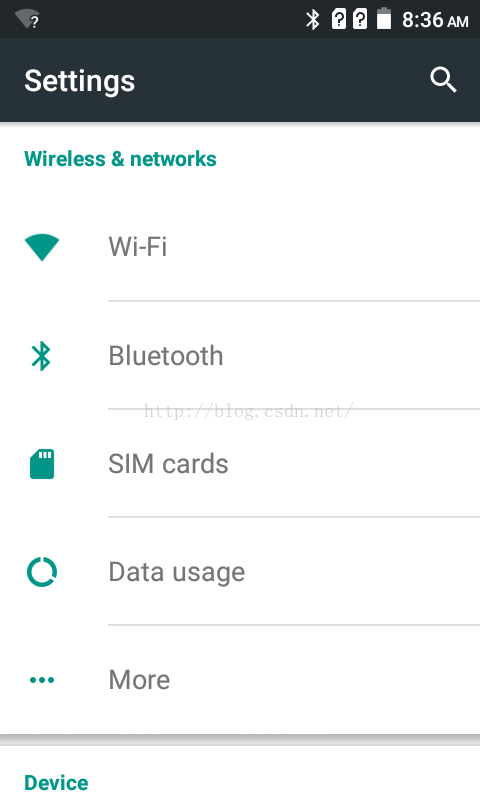編輯:關於Android編程
本文實例為大家分享了Android控件ImageSwitcher實現引導界面的代碼,供大家參考,具體內容如下
效果圖:

布局代碼:
<?xml version="1.0" encoding="UTF-8"?>
<FrameLayout xmlns:android="http://schemas.android.com/apk/res/android"
android:layout_width="fill_parent"
android:layout_height="fill_parent">
<ImageSwitcher
android:id="@+id/imageSwitcher"
android:layout_width="fill_parent"
android:layout_height="fill_parent">
</ImageSwitcher>
<RelativeLayout
android:layout_width="fill_parent"
android:layout_height="wrap_content"
android:orientation="vertical">
<LinearLayout
android:id="@+id/ll_view"
android:layout_width="fill_parent"
android:layout_height="wrap_content"
android:layout_alignParentBottom="true"
android:layout_marginBottom="30dp"
android:gravity="center_horizontal"
android:orientation="horizontal">
</LinearLayout>
</RelativeLayout>
</FrameLayout>
頁面代碼:
public class ImageSwitcherActivity extends Activity implements ViewSwitcher.ViewFactory, View.OnTouchListener {
private int[] imgIds;//圖片id數組
private int currentPosition;//當前選中的圖片id序號
private ImageSwitcher mImageSwitcher;//ImagaSwitcher 的引用
private float downX;//按下點的X坐標
private ImageView[] tips;//點點數組
private LinearLayout linearLayout;//裝載點點的容器
@Override
protected void onCreate(Bundle savedInstanceState) {
super.onCreate(savedInstanceState);
setContentView(R.layout.activity_switcher);
imgIds = new int[]{R.drawable.bg, R.drawable.c2, R.drawable.c3, R.drawable.c4, R.drawable.c5, R.drawable.c6, R.drawable.c7, R.drawable.c8, R.drawable.c9};
mImageSwitcher = (ImageSwitcher) findViewById(R.id.imageSwitcher);//實例化ImageSwitcher
mImageSwitcher.setFactory(this); //設置Factory
mImageSwitcher.setOnTouchListener(this);//設置OnTouchListener,我們通過Touch事件來切換圖片
linearLayout = (LinearLayout) findViewById(R.id.ll_view);//指示器布局
tips = new ImageView[imgIds.length];
for (int i = 0; i < imgIds.length; i++) {
ImageView mImageView = new ImageView(this);
tips[i] = mImageView;
LinearLayout.LayoutParams layoutParams = new LinearLayout.LayoutParams(new ViewGroup.LayoutParams(LayoutParams.WRAP_CONTENT, LayoutParams.WRAP_CONTENT));
layoutParams.rightMargin = 3;
layoutParams.leftMargin = 3;
mImageView.setBackgroundResource(R.drawable.page_indicator_unfocused);
linearLayout.addView(mImageView, layoutParams);
}
//上一個界面傳過來的位置
currentPosition = getIntent().getIntExtra("position", 0);
mImageSwitcher.setImageResource(imgIds[currentPosition]);
setImageBackground(currentPosition);
}
//設置選中的tip的背景
private void setImageBackground(int selectItems) {
for (int i = 0; i < tips.length; i++) {
if (i == selectItems) {
tips[i].setBackgroundResource(R.drawable.page_indicator_focused);
} else {
tips[i].setBackgroundResource(R.drawable.page_indicator_unfocused);
}
}
}
@Override
public View makeView() {
final ImageView i = new ImageView(this);
i.setBackgroundColor(0xff000000);
i.setScaleType(ImageView.ScaleType.CENTER_CROP);
i.setLayoutParams(new ImageSwitcher.LayoutParams(LayoutParams.MATCH_PARENT, LayoutParams.MATCH_PARENT));
return i;
}
@Override
public boolean onTouch(View v, MotionEvent event) {
switch (event.getAction()) {
case MotionEvent.ACTION_DOWN: {
downX = event.getX();//手指按下的X坐標
break;
}
case MotionEvent.ACTION_UP: {
float lastX = event.getX();
//抬起的時候的X坐標大於按下的時候就顯示上一張圖片
if (lastX > downX) {
if (currentPosition > 0) {
//設置動畫
mImageSwitcher.setInAnimation(AnimationUtils.loadAnimation(getApplication(), R.anim.left_in));
mImageSwitcher.setOutAnimation(AnimationUtils.loadAnimation(getApplication(), R.anim.right_out));
currentPosition--;
mImageSwitcher.setImageResource(imgIds[currentPosition % imgIds.length]);
setImageBackground(currentPosition);
} else {
Toast.makeText(getApplication(), "已經是第一張", Toast.LENGTH_SHORT).show();
}
}
if (lastX < downX) {
if (currentPosition < imgIds.length - 1) {
mImageSwitcher.setInAnimation(AnimationUtils.loadAnimation(getApplication(), R.anim.right_in));
mImageSwitcher.setOutAnimation(AnimationUtils.loadAnimation(getApplication(), R.anim.lift_out));
currentPosition++;
mImageSwitcher.setImageResource(imgIds[currentPosition]);
setImageBackground(currentPosition);
} else {
Toast.makeText(getApplication(), "到了最後一張", Toast.LENGTH_SHORT).show();
}
}
}
break;
}
return true;
}
}
以上就是本文的全部內容,希望對大家的學習有所幫助,也希望大家多多支持本站。
 Android開發之接收系統廣播消息
Android開發之接收系統廣播消息
BroadcastReceiver除了接收用戶所發送的廣播消息之外,還有一個重要的用途:接收系統廣播。如果應用需要在系統特定時刻執行某些操作,就
 android Spinner和數值選擇器使用demo
android Spinner和數值選擇器使用demo
關鍵部分代碼如下 1、Spinnner 在布局文件中: 定義對象: private
 Android 5.1 Settings模塊源碼分析
Android 5.1 Settings模塊源碼分析
前述:本人已工作兩年多,但是依然感覺還是Android的門外漢,之前一直從事Android的應用開發,每天就是各種調用SDK方法,各種拷貝網上的源碼以及jar包,從來也不
 手機SD卡損壞的修復方法
手機SD卡損壞的修復方法
經常會網友遇到手機使用時間較久後會遇到提示“SD卡已損壞,您可能必須將其重新格式化”故障,導致手機SD卡無法使用。最近身邊有朋友手機